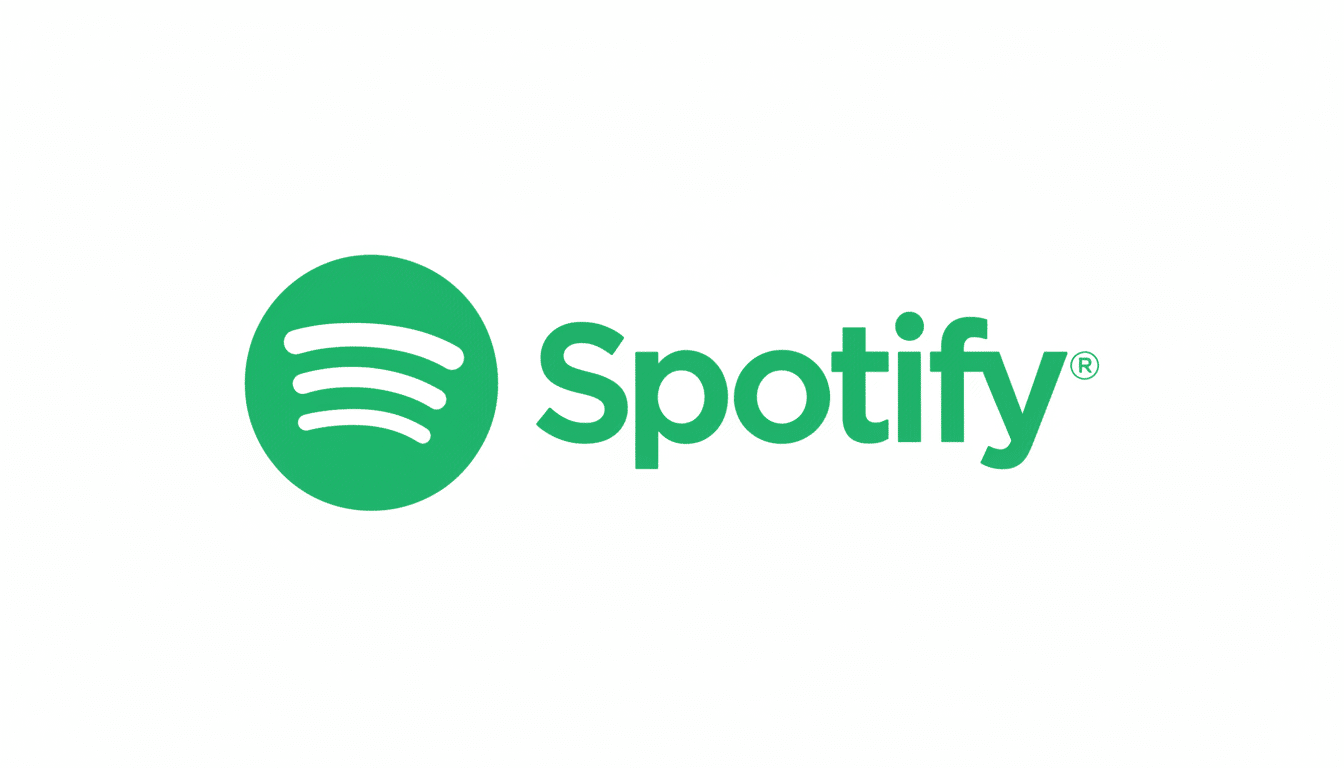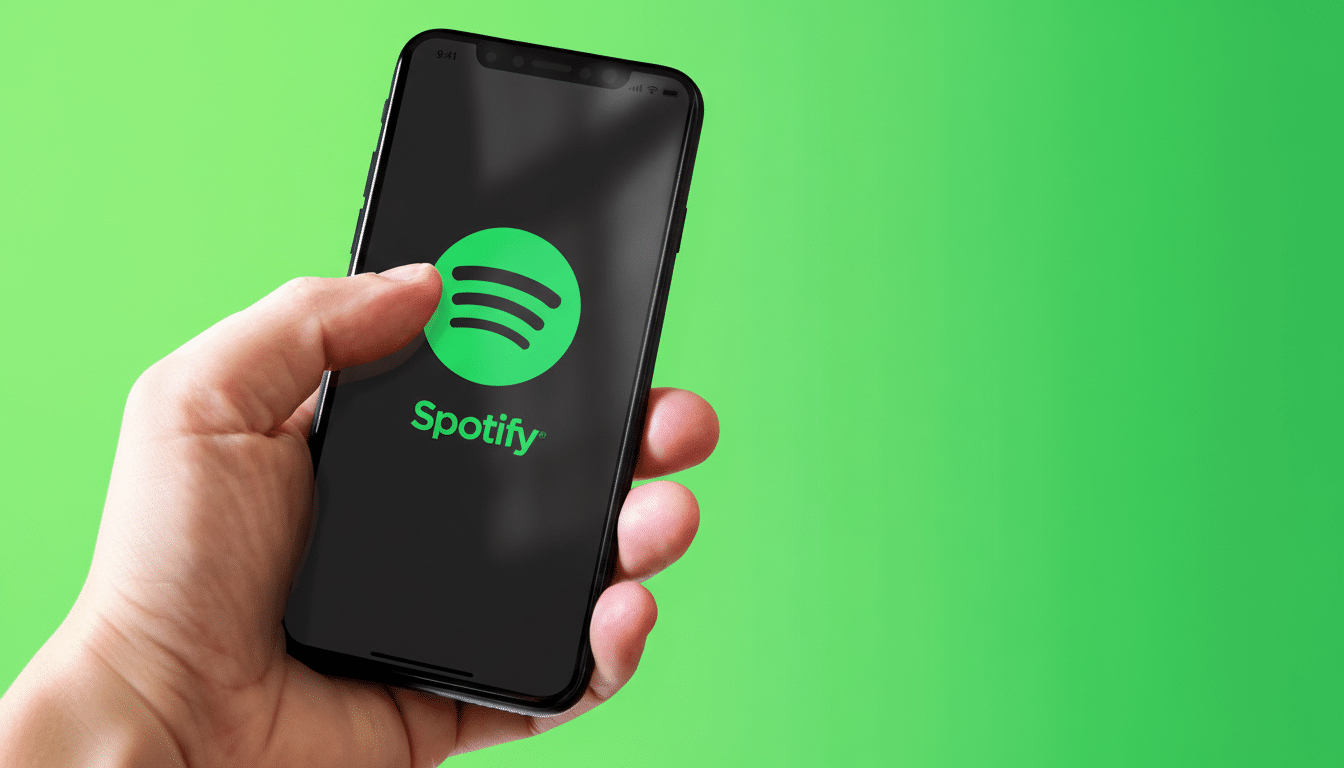Spotify is adding a new managed account option for children under 13 in its Premium Family plan, allowing parents to exert more control over what their kids can listen to without being served recommendations skewed by nursery rhymes and cartoon theme songs when everything was shared on one family plan.
The move goes after a familiar pain point for families: when kids have borrowed a parent’s phone or speaker, the algorithms are inundated with children’s tracks, distorting Discover Weekly playlists and daily mixes. Managed accounts create a clean divide between what children can play and the preferences of the rest of the household.
- What managed accounts change for families on Spotify
- Parental controls and restrictions for kids’ accounts
- Availability and setup for Spotify’s managed kids accounts
- Why it matters: for families and algorithms
- How it compares and privacy considerations
- Limitations and next steps for managed kids accounts

What managed accounts change for families on Spotify
Each managed account is established and overseen by the family manager, who establishes guardrails that stick once and apply across devices. Rather than sitting in a generic profile scoped to adults, the child’s account lives in a walled garden that adjusts recommendations based on what it believes is age-appropriate content.
Crucially, listening histories are siloed. Kids have their own recommendations and their own Wrapped, and adults maintain the level of personalization they desire. That would include, among other things, no more bedtime lullabies showing up as a top song in a parent’s year-in-review — and no algorithmic bleed from preschool playlists into workout mixes.
Parental controls and restrictions for kids’ accounts
Parents can allow Spotify to filter explicit content, block individual artists or tracks, and restrict the explicit versions of albums. Those controls create a pragmatic layer beyond all-or-nothing filters, allowing families to dial in what comes through the cracks.
There can be less visual complexity, too. The Hide Video and Canvas setting suppresses looping artwork and video snippets that play along with some songs. On accounts under management, social and interactive elements are turned off so that the listening mode is not disrupted by messaging or community features.
Availability and setup for Spotify’s managed kids accounts
The feature is launching first in the US, UK, Canada, Australia, Germany, and France, as well as on Premium Family. Like other Spotify feature rollouts, more markets are certain to come.
Setup is fast:
- From your account page, go to the Family section.
- Choose Add a Member, then select Under 13 listener (or the local equivalent).
- Name the profile and apply content settings.
After it’s set up, the managed account operates much like any other account on the platform, complete with playlists, favorites, and a history of what has been played back — only within the guardrails established by the family manager.

Why it matters: for families and algorithms
Recommendation hygiene is a quality-of-life issue for streaming. “Parents always tell us that one weekend of children’s songs can derail their personalized playlists for weeks.” By offering separate kids’ listening histories, Spotify addresses one of the longest-living frictions in family streaming use.
The timing follows other seismic changes in kids’ media habits. Tweens and teens are also spending plenty of time inside audio or video apps — with access to smartphones coming earlier each year, according to research from Common Sense Media. In that contemporary context, allowing families more power to tailor those experiences makes sense for the times — and with a more realistic understanding of how many households actually share connected devices and speakers.
It’s also a strategic play at scale. Spotify has more than 600 million monthly active users and well over 240 million paying subscribers, according to recent filings. Family plans make up a significant share of that base, and tighter rules can lead to less churn if they keep parents — and kids — having a good time without sacrificing the algorithmic experience adults savor.
How it compares and privacy considerations
Competitively, the update sits between curated kids’ experiences and fully unfettered accounts. YouTube’s supervised experiences and YouTube Kids offer walled gardens, while Apple Music’s Family Sharing and Amazon family plans provide child profiles under adult supervision. Spotify’s take is distinctive in that it clearly isolates personalization while baking in kid-friendly controls to the very app families often share.
On the compliance front, managed accounts enforce regulations such as the U.S. Children’s Online Privacy Protection Act and different age-of-digital-consent mandates in Europe. Leveraging the family manager as a funnel for setup and permissions, Spotify centralizes consent and holds child accounts tighter to stricter defaults.
Limitations and next steps for managed kids accounts
Managed accounts lack social messaging or other interactive layers, and a number of community features are disabled by design. That is a reasonable trade-off for accounts of children younger than 13, but older teenagers may eventually desire supervised settings that are more flexible.
For the moment, the obvious value prop is nothing else but this: better recommendations for parents and safer, vetted music experiences for kids. It’s a minor tweak that has outsized implications for daily listening — and it effectively ends the reign of children’s music over grown-ups’ playlists, at last.

